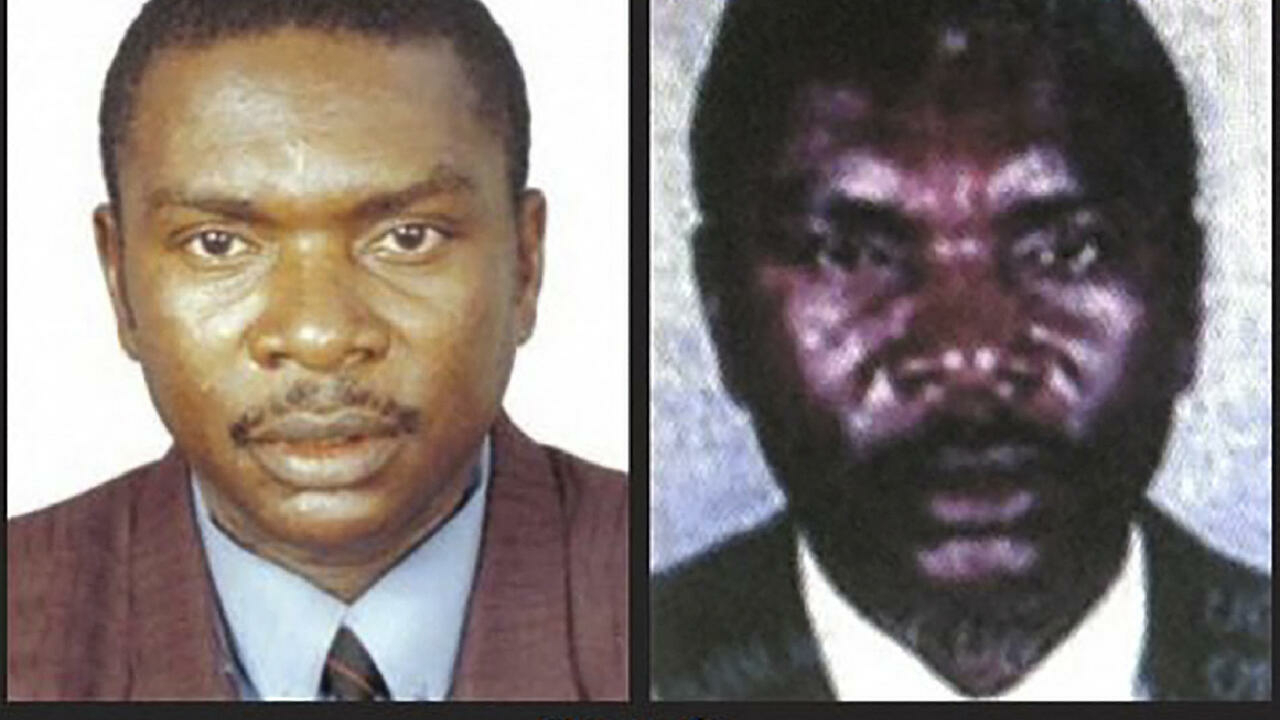Published on :
For more than twenty years, justice believed him on the run. Protais Mpiranya, the most wanted Rwandan fugitive for his alleged involvement in the 1994 genocide, had actually been dead for sixteen years. This was announced on Thursday by the « Mechanism for International Criminal Tribunals ». The investigation team confirmed that Mpiranya died on October 5, 2006 in Harare, Zimbabwe. A look back at the investigation with Serge Brammertz, the Mechanism’s prosecutor, interviewed by Alexandra Brangeon.
RFI: When did Protais Mpiranya leave Rwanda?
Serge Brammertz: He fled Rwanda in September 1994 obtaining passports for himself and his family and went to Cameroon, a country where a whole series of genocidaires had found refuge. But it was in 1996, after the arrest of other fugitives -Bagosora-, that he no longer felt really safe and that he left for the DRC, and that is where – when there was the Second Congo War- that he became a commander of the FDLR (Democratic Forces for the Liberation of Rwanda). He fought together with the military forces of Zimbabwe.
RFI: Yes, since he fought with the Congolese army of Laurent-Désiré Kabila who had asked for help from Zimbabwe to fight against the Rwandan army, that was in 1998…
That’s right, he was himself one of the senior officers, moreover highly respected by the authorities and the military forces of Zimbabwe, because he was considered a very disciplined officer. But once there was the peace accord in 2002, he was considered undesirable in the DRC, and that’s when he left in 2002 for Zimbabwe, where there was obviously officials who facilitated his entry into the country.
And at the time he was already wanted?
At that time, he is already wanted. He was charged in 2000 by the tribunal for Rwanda, an indictment which became public in 2002, and at that time there were several arrests, notably in Cameroon, and so he decided to seek refuge in the the place where he probably felt the safest, the most protected, and that was obviously Zimbabwe where he obviously had the support of some members of the armies.
When did you get information about his possible presence in Zimbabwe?
In fact it’s already been for many years: when I took over the Mechanism, it was already in the files as one of the important tracks. There were already reasons to believe that he was there. Now we obviously work with sources, informants and, over the last five years, we had a lot of contradictory information: we had information that he was living in Zimbabwe, but we also had information that he was between the South Africa and the DRC, that he had either political activities, commercial activities and it is all these tracks that we tried to trace to finally conclude that he was in Zimbabwe. Zimbabwe had said for many years: “ No, we don’t think he was ever on our national territory « .
So from that moment, you send investigators on site?
Over the past two years, I myself have been there several times. It was actually after Mugabe’s departure that I met the two vice-presidents, and the attorney general. There was an agreement to set up a working group made up of police services and intelligence services from the Ministry of Foreign Affairs. This cooperation was not always easy, but once we were, for our part, quite convinced that at least in 2002/2003 he was physically in Zimbabwe, we really focused our investigation on this trail there.
So, you go there and how do you find it?
We interviewed a whole series of people, relatives, in European countries and elsewhere in countries in Africa. We indeed had an important lead which was that he may have died. We were then able to seize computers and other computer equipment and were able to find traces that he had died.
We then checked the movements of a whole series of people including members of his family, we were able to see that during the dates which interest us, members had been in Zimbabwe, we then tried to cross-check this travel information and once we thought we knew which cemetery to look for, we physically searched in this cemetery and found a grave with the inscription of one of the pseudonyms he had used during his flight: it was his last identity “Ndume Sambao », the identity under which he had died, and it was the name that we found on the grave in the cemetery.
So on his grave there is not his real name?
No there is not his real name, but there is his real date of birth. We then made a request to the authorities to carry out the exhumation which was carried out three weeks ago. The DNA was sent to the Technical Police Institute here in The Hague, two days ago we received the results and the conclusion that indeed it was our fugitive.
This case raises the question of the support that fugitives sometimes enjoy…
Yes, state cooperation is still an important issue. It is hard to believe that no authority in Zimbabwe was aware of his presence in the country. But it’s clear that in general, and we see it with all of our fugitives, they have up to twenty different identities. They have almost all received real passports with false names, issued by the competent authorities, which obviously means corruption, payment of civil servants, and I must say that the requests for assistance that we have sent in this regard to a whole series of countries in the region including Uganda, have never received satisfactory answers.

.
